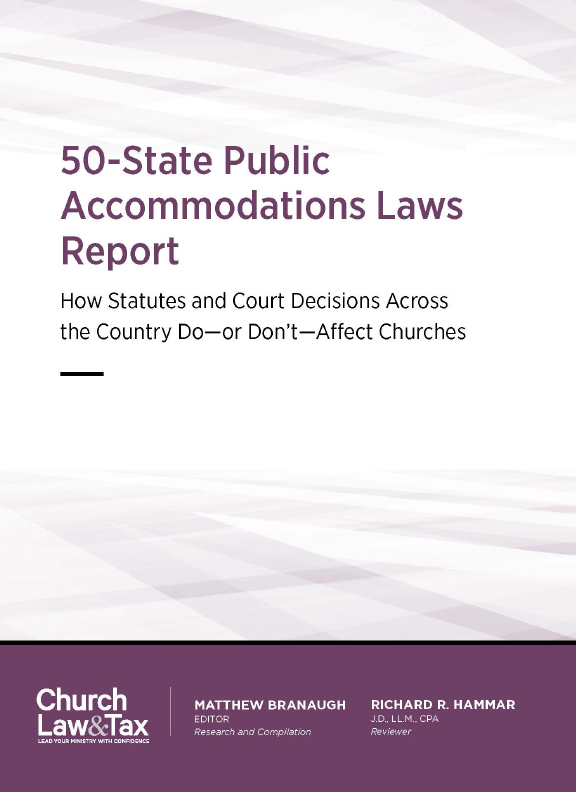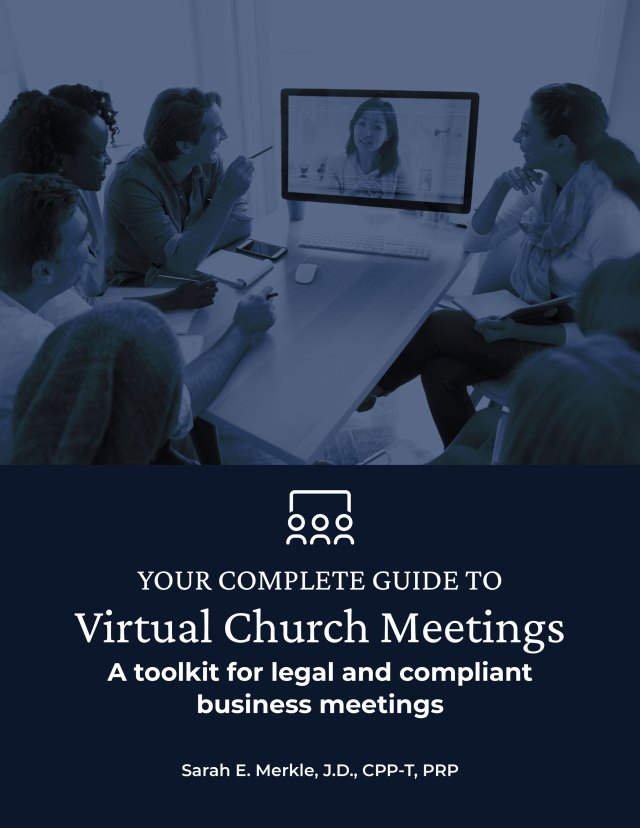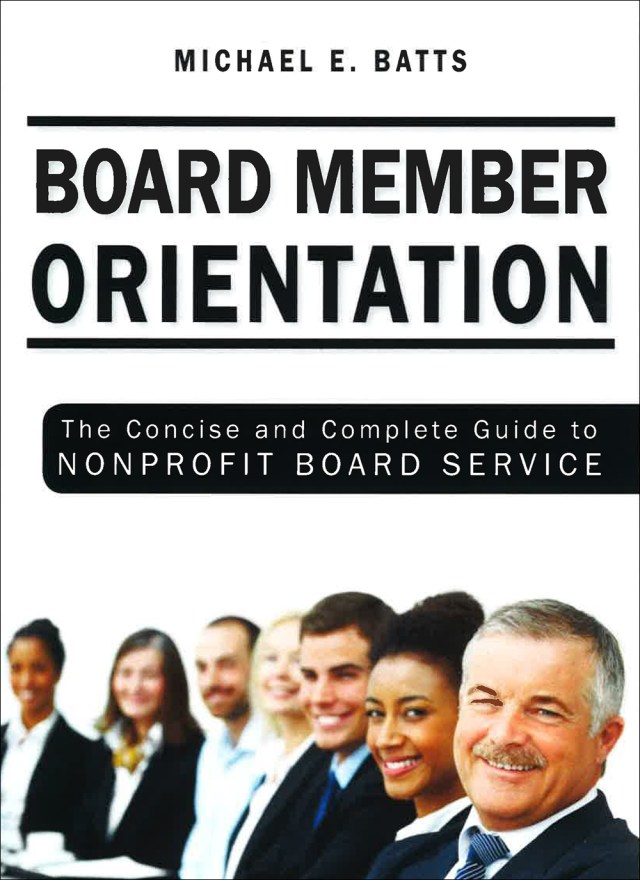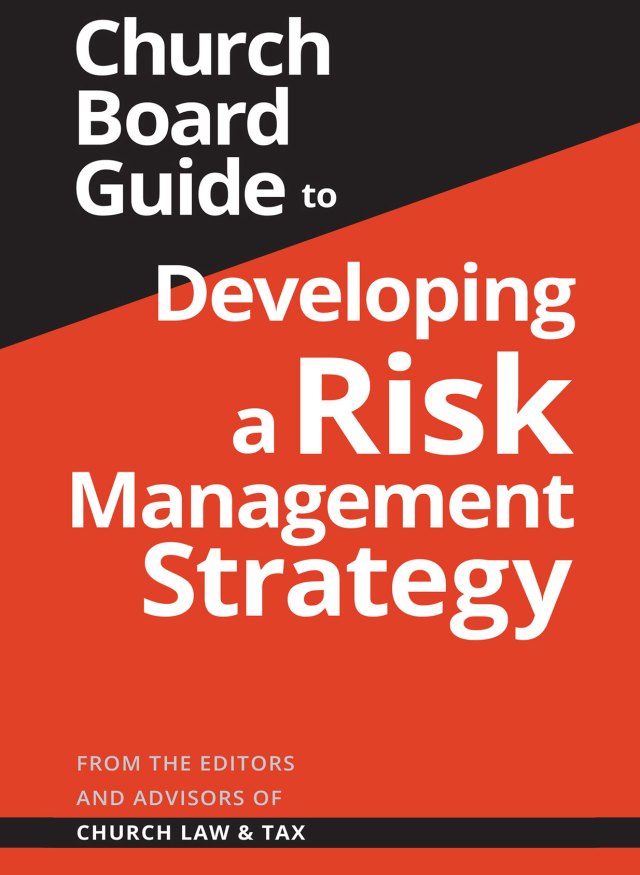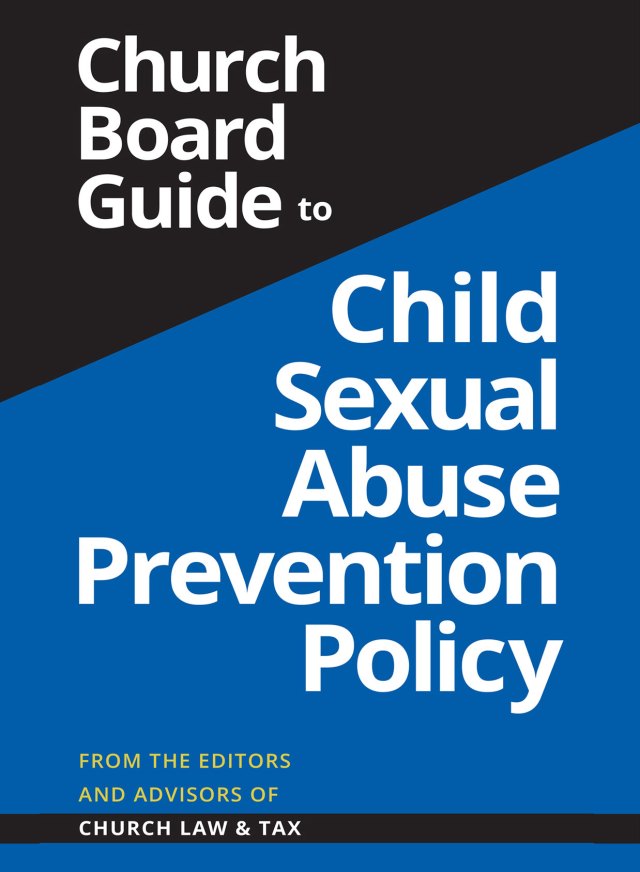Key point 6-06.4. Church officers and directors can be removed from office in the manner authorized by the church’s governing documents. It is common for church bylaws to give the membership the authority to remove officers and directors who engage in specified misconduct or change their doctrinal position.
Key point 6-12.4. Most courts refuse to intervene in church disputes concerning the validity of a membership meeting that was not conducted in accordance with the procedural requirements specified in the church’s governing documents. However, some courts are willing to intervene in such disputes if they can do so without inquiring into religious doctrine or polity.
Key point 9-07. The First Amendment allows civil courts to resolve internal church disputes so long as they can do so without interpreting doctrine or polity.
The Kentucky Supreme Court ruled that it was barred by the “ecclesiastical abstention doctrine” from resolving a lawsuit brought by dismissed board members of a church-affiliated agency challenging the legality of their dismissal. A church-affiliated children’s services ministry attempted to remove a board member for repeated acts of harassment. The ministry’s board of trustees voted by majority vote to remove the director, but failed to achieve the two-thirds vote required by the ministry’s bylaws to remove a director. As a result, several trustees resigned in disgust and protest. Six months later, at the ministry’s annual business meeting, several members proposed a resolution replacing the existing board with a new board, and amending the bylaws to include measures to protect against misconduct by board members. The resolution passed overwhelmingly by a vote of 113 to 8.
The ousted board members filed a lawsuit challenging the resolution that removed them from office. The ousted board members asked the court to invalidate the bylaw amendment on the ground that the notice requirement prescribed by the bylaws was not followed, and reinstate them as the lawful board.
The ministry asked the court to dismiss the lawsuit, claiming that the courts lacked jurisdiction over the matter based on the “ecclesiastical abstention doctrine” which generally bars the civil courts from meddling in internal church disputes. A trial court ruled that it could resolve the controversy on the basis of “neutral laws” that would not trigger the ecclesiastical abstention doctrine. The state supreme court, on appeal, disagreed. It began its ruling with this observation:
The concept of ecclesiastical abstention or church autonomy has long been recognized as a necessary corollary to the First Amendment’s religion clauses. To protect the rights embodied in the Free Exercise and Establishment Clauses of the First Amendment, ecclesiastical abstention provides “a spirit of freedom for religious organizations, an independence from secular control or manipulation—in short, power to decide for themselves, free from state interference—matters of church government as well as those of faith and doctrine.”
Thus, when resolution of a case is “dependent on the question of doctrine, discipline, ecclesiastical law, rule, or custom, or church government,” secular courts must abstain from hearing the case. Put differently, “where resolution of the disputes cannot be made without extensive inquiry by civil courts into religious law and polity, the First and Fourteenth Amendments mandate that civil courts shall” not act.
“At bottom, the ecclesiastical-abstention doctrine is primarily interested in preventing any chilling effect on church practices as a result of government intrusion in the form of secular courts.” But churches are not the only benefactors of ecclesiastical abstention. All religious organizations are entitled to protection under the First Amendment, so all suits that present an ecclesiastical character, those “which concern theological controversy, church discipline, ecclesiastical government, or the conformity of the members of the church to the standard of morals required of them” fall within the scope of the ecclesiastical-abstention doctrine. [Quotations are from the following decisions by the United States Supreme Court: Watson v. Jones, 80 U.S. (13 Wall.) 679 (1871); Kedroff v. St. Nicholas Cathedral of Russian Orthodox Church, 344 U.S. 94 (1952); Serbian Eastern Orthodox Diocese v. Milivojevich, 426 U.S. 696 (1976).]
The court conceded that “the mere inclusion of a religious organization as a party to a suit does not necessarily implicate the ecclesiastical-abstention doctrine.” Secular courts “are not prohibited from hearing cases involving religious organizations where the dispute can be resolved by the application of neutral principles of secular law.” But this was not such a case since “the neutral principles doctrine should not be extended to religious controversies in the area of church government.” The court concluded: “It is axiomatic that the underlying dispute is about the internal governance of [a religious ministry]. The crux of the controversy revolves around who is entitled to govern [the ministry] by way of their position on the board of trustees. It could not be clearer that this suit concerns the internal governance of [a church agency].”
What This Means For Churches:
This case is an excellent example of the impact of the ecclesiastical abstention doctrine (sometimes called the “church autonomy” doctrine) on church disputes. Internal church disputes that concern “theological controversy, church discipline, ecclesiastical government, or the conformity of the members of the church to the standard of morals required of them” are beyond the reach of the civil courts, and cannot be revived by appeals to “neutral principles of law.”
Note that the court concluded that the ecclesiastical abstention doctrine deprived the civil courts of authority to decide not only the ousted board members’ claim that their ouster was unlawful, but also that the notice requirement in the ministry’s bylaws had not been followed. St. Joseph Catholic Orphan Society v. Edwards, 449 S.W.3d 727 (Ky. 2014).
See also “Charters, constitutions, and bylaws,” Kamchi v. Weissman, 1 N.Y.S.3d 169 (N.Y. App. 2014), in the Recent Developments section of this newsletter.
